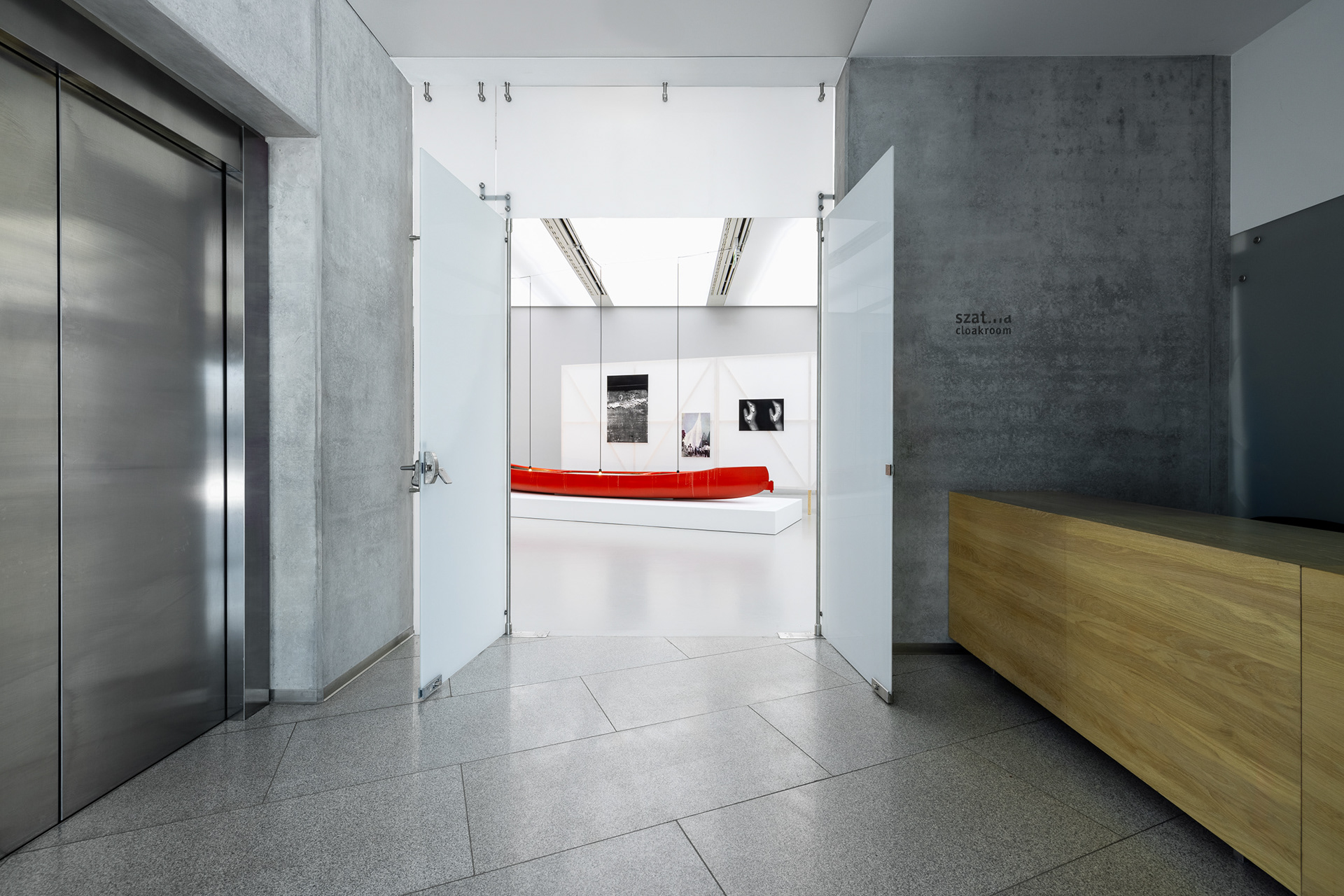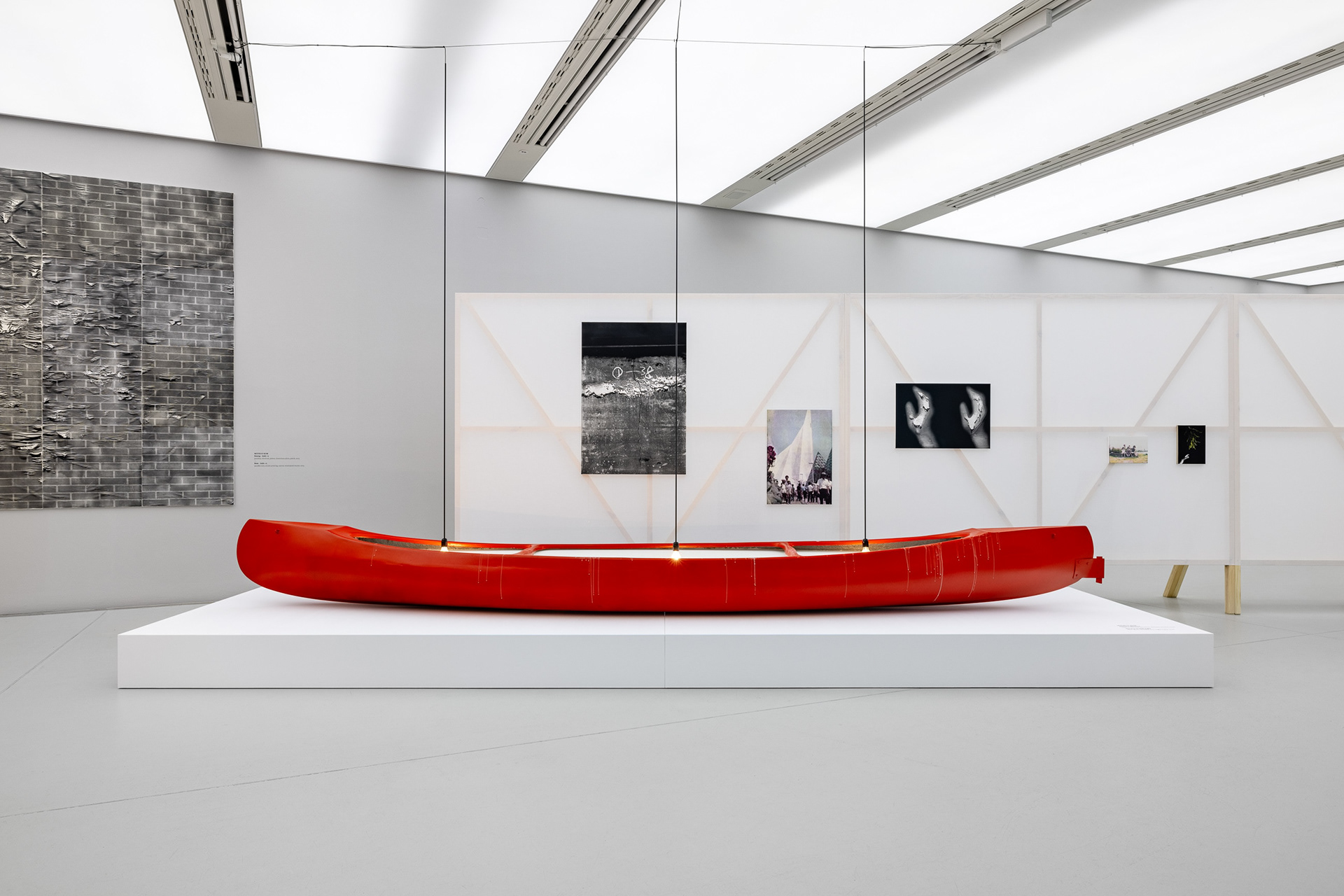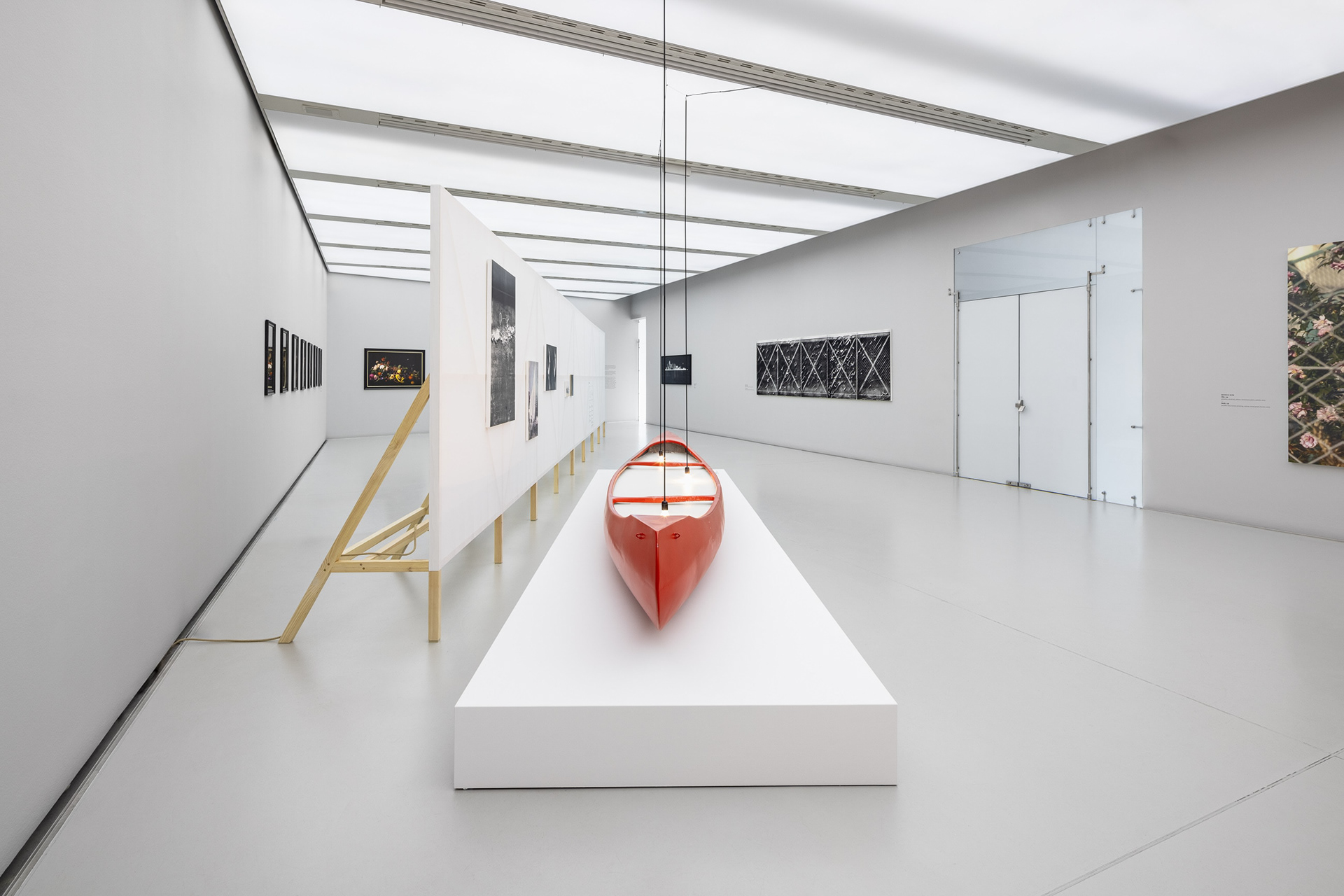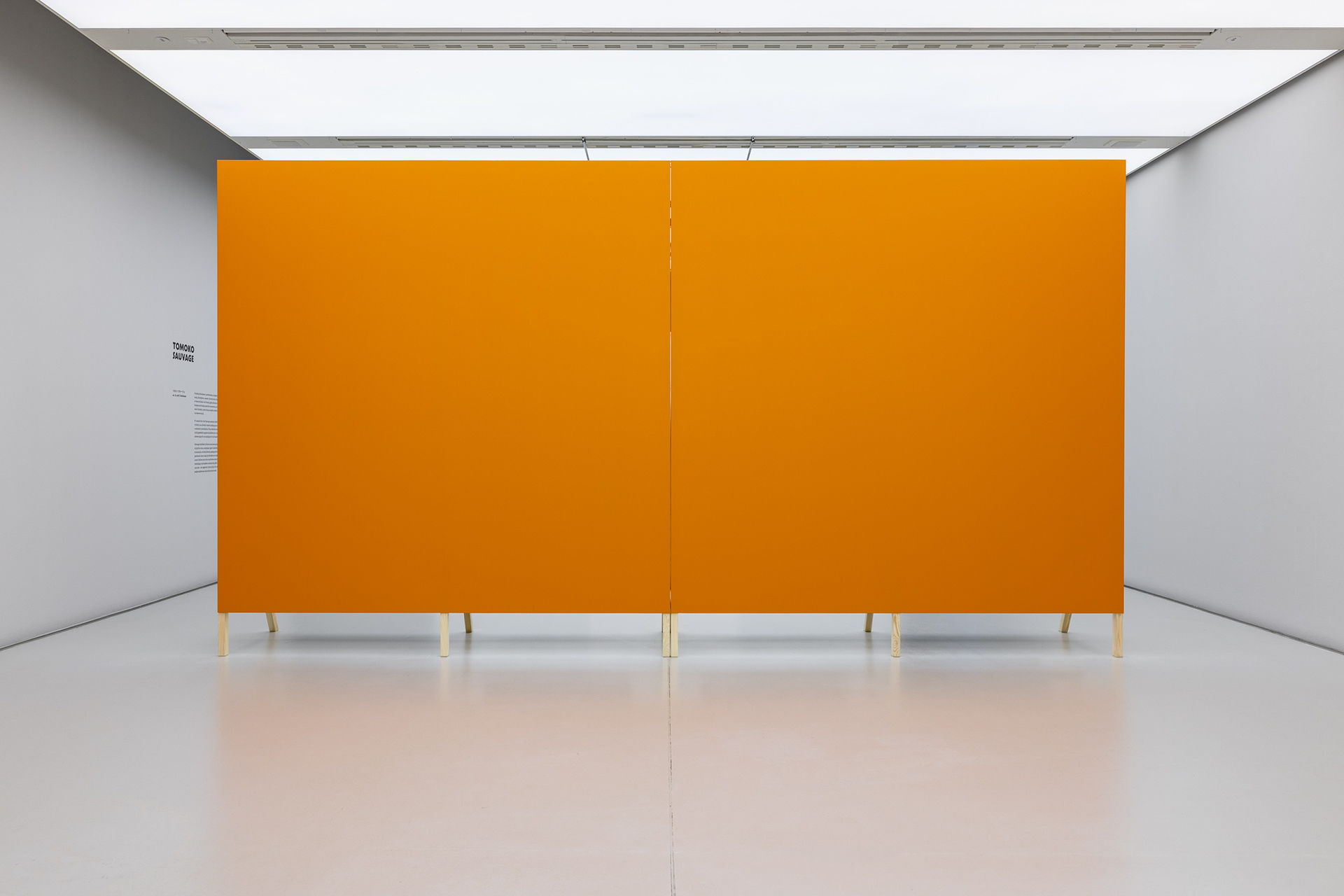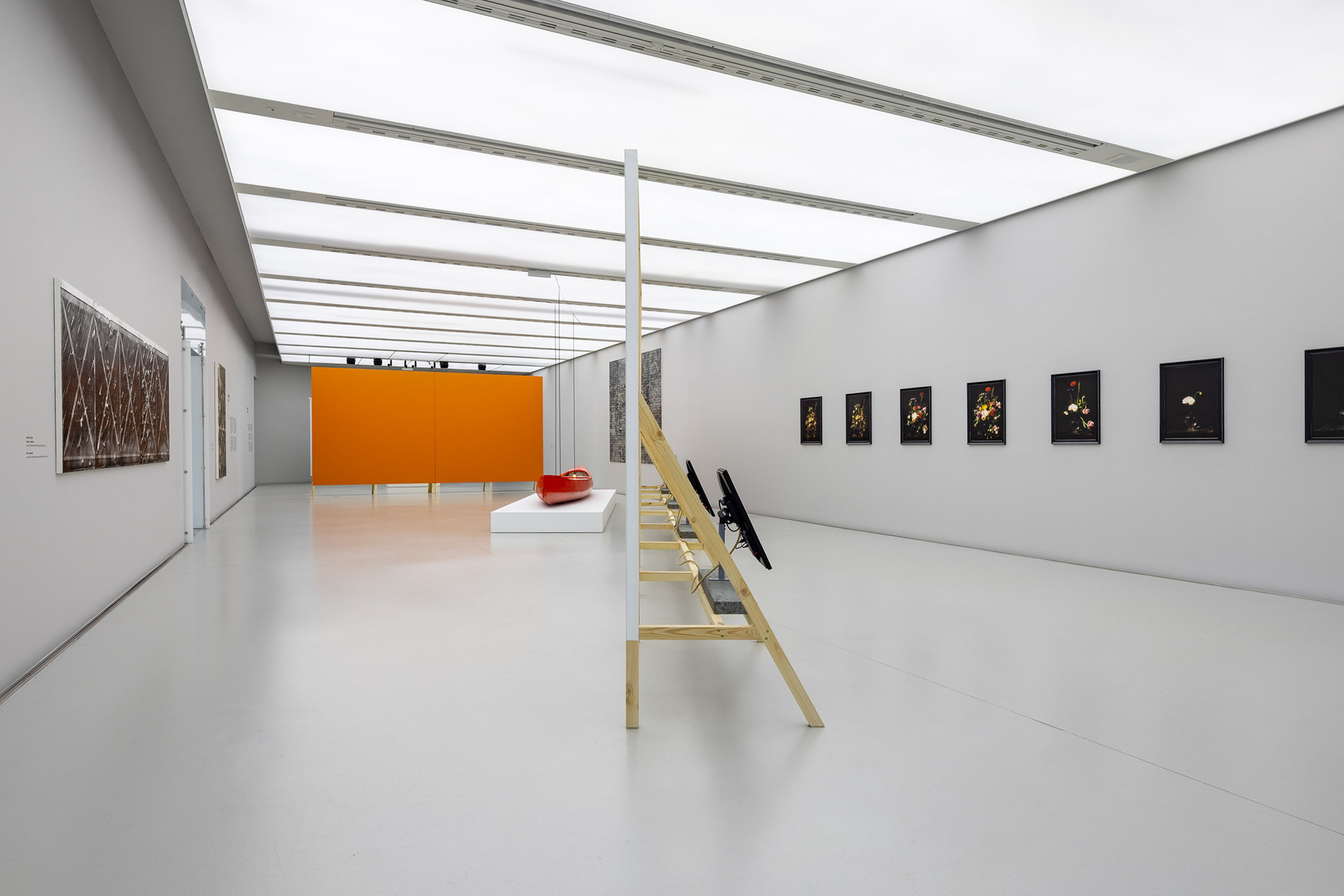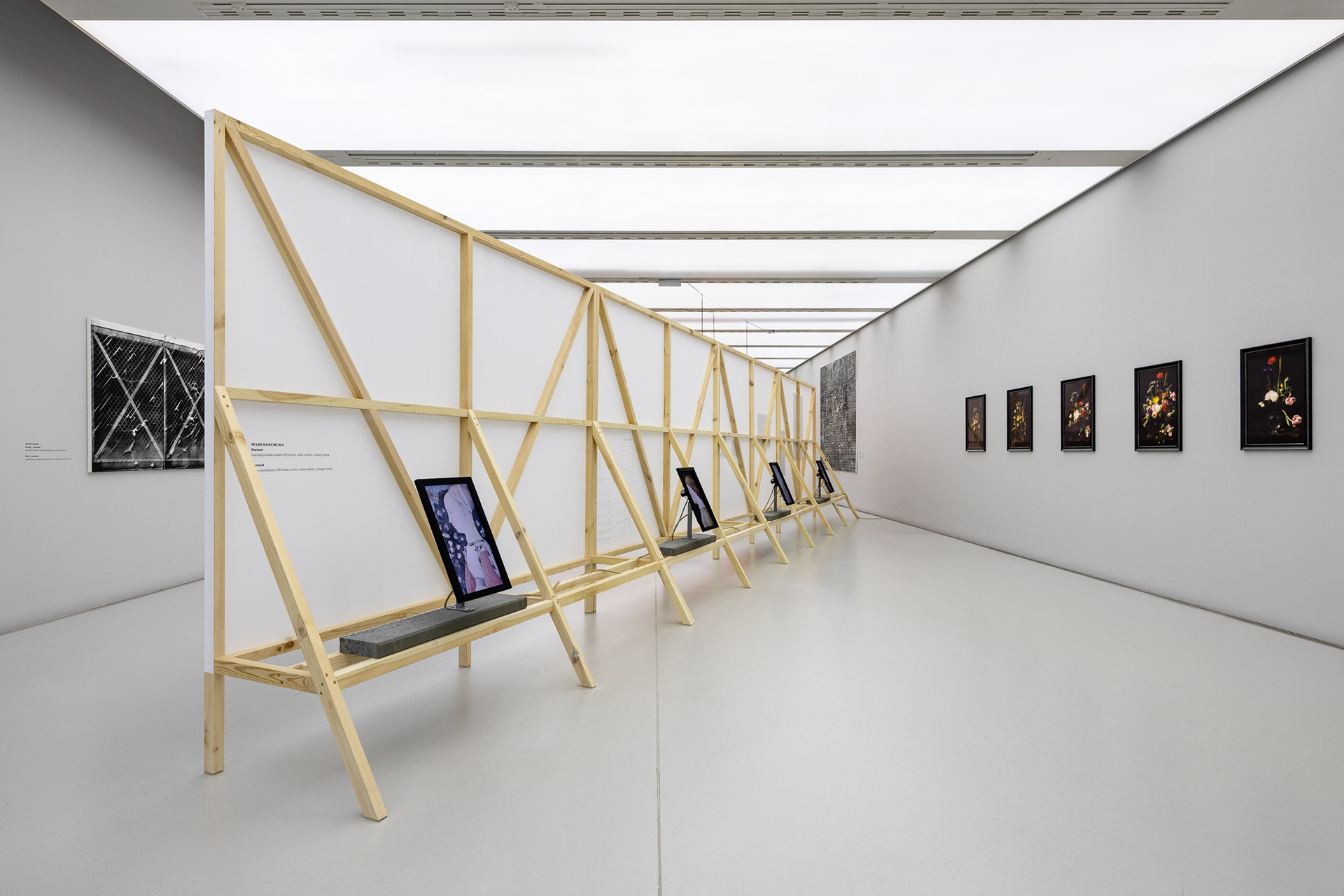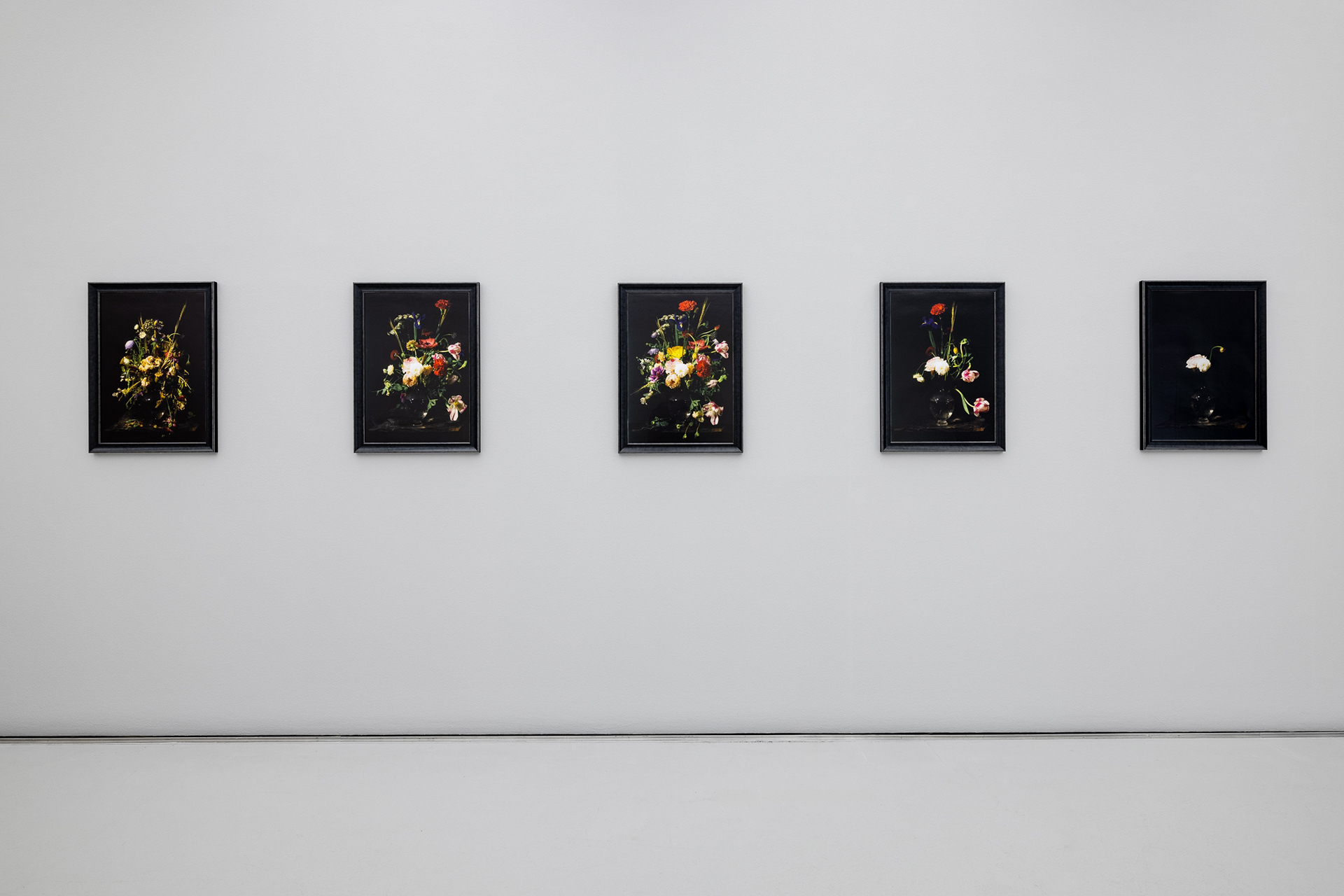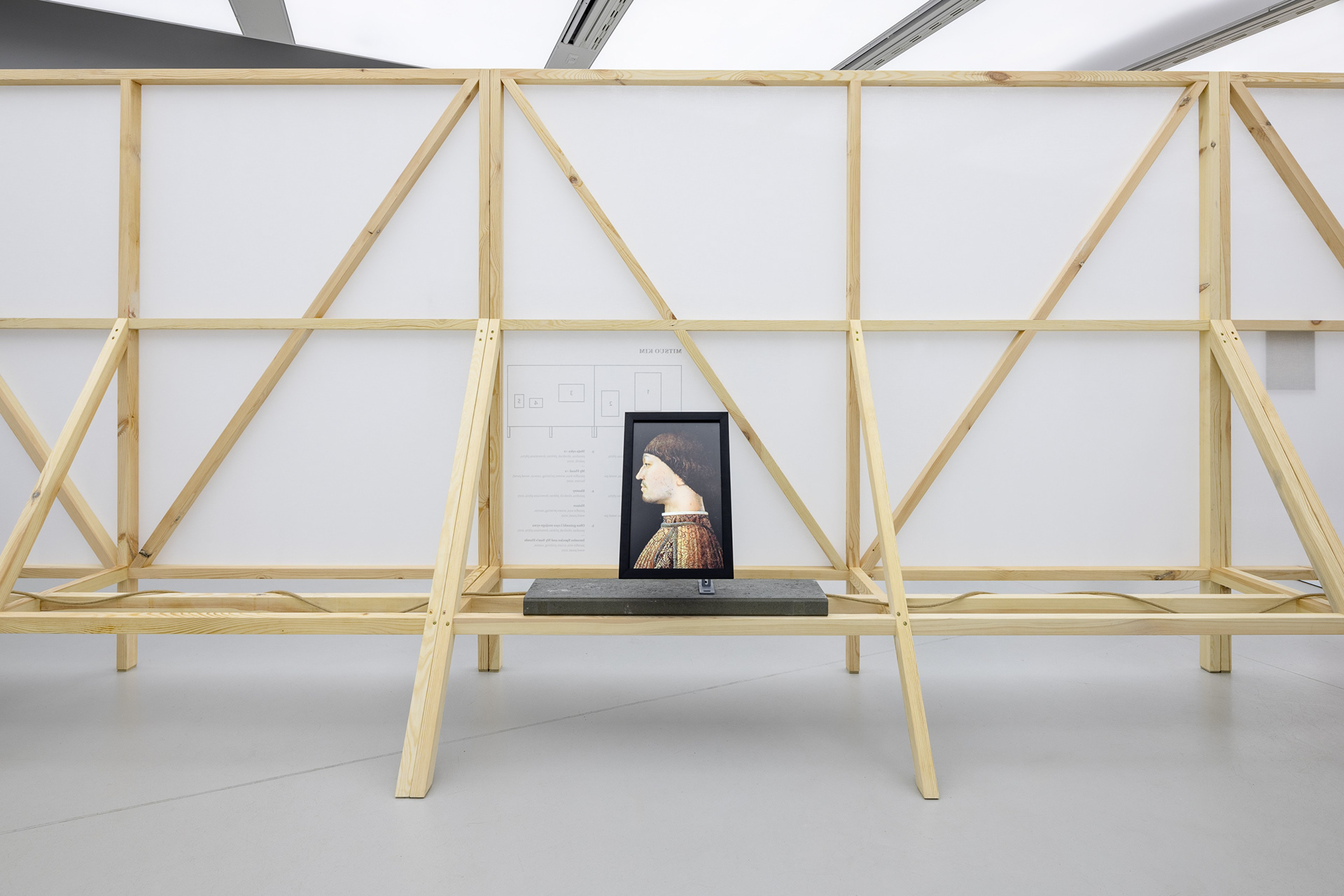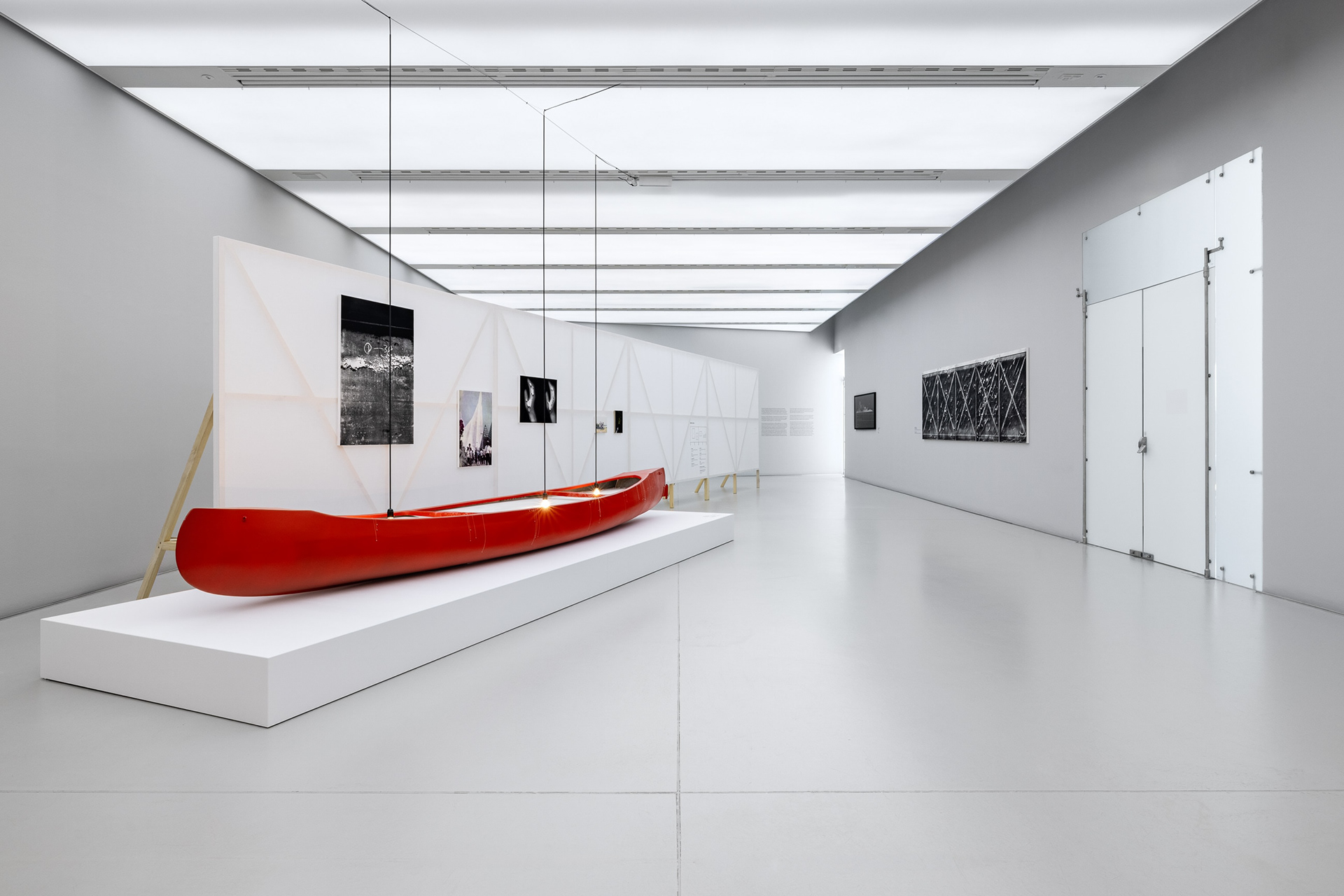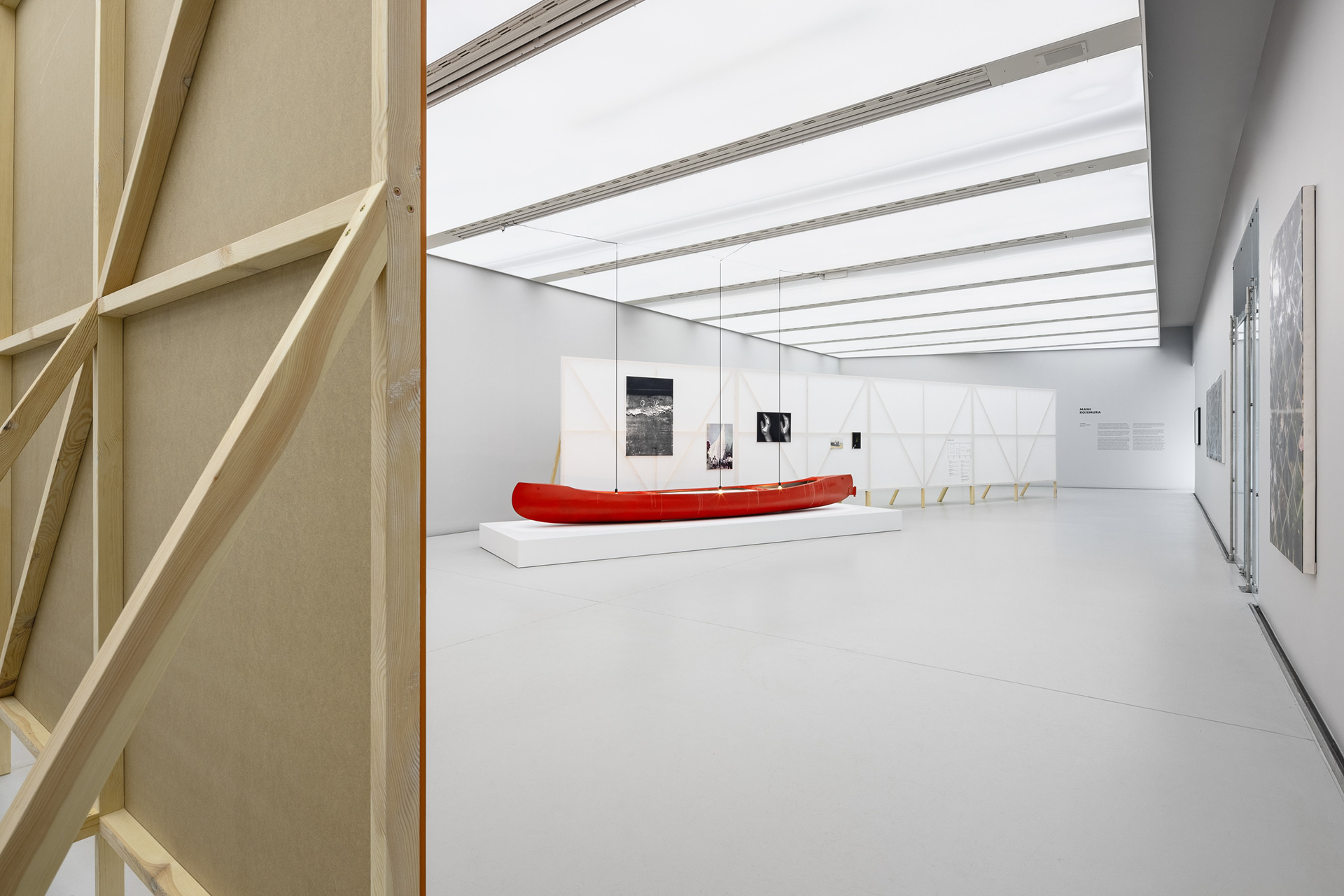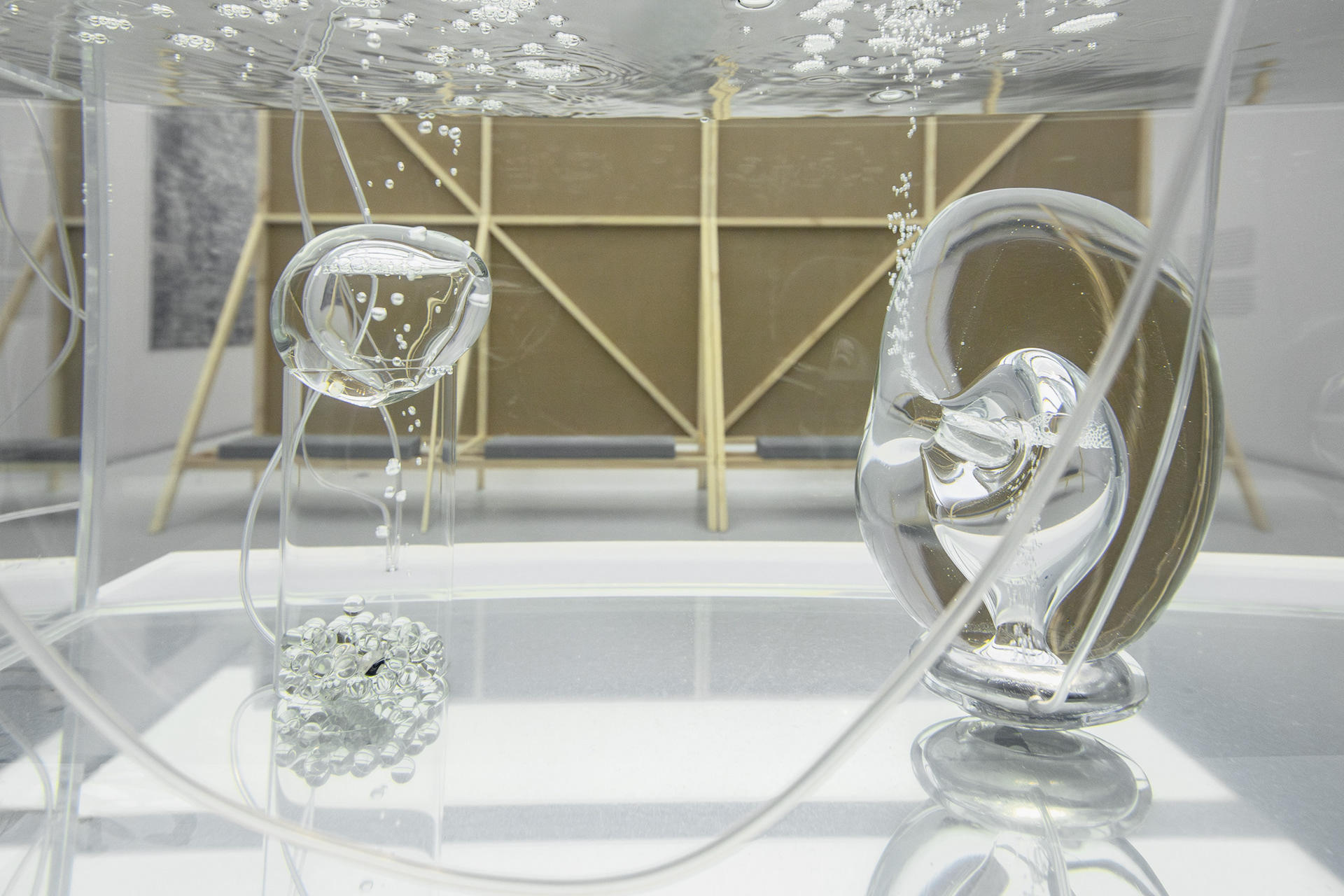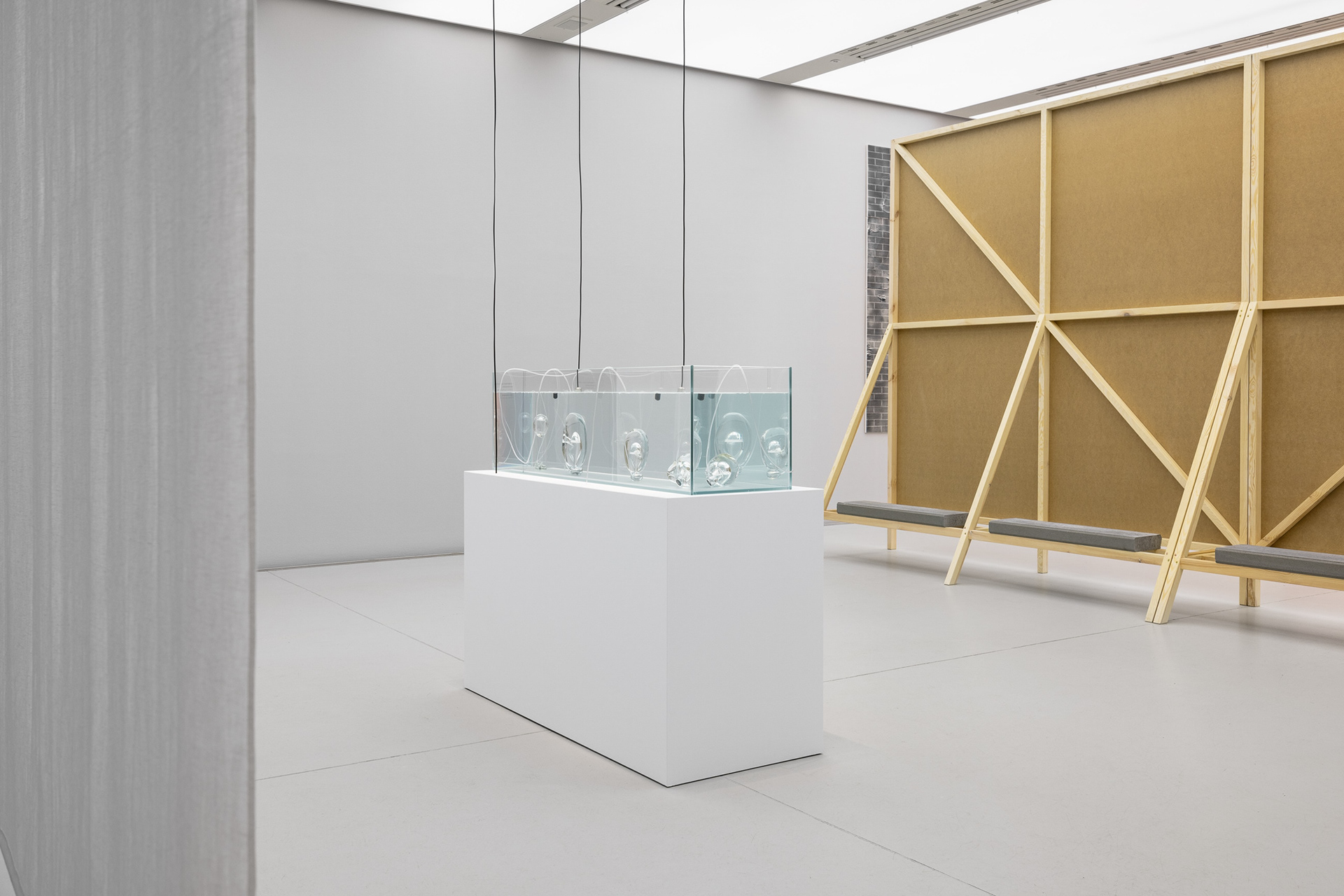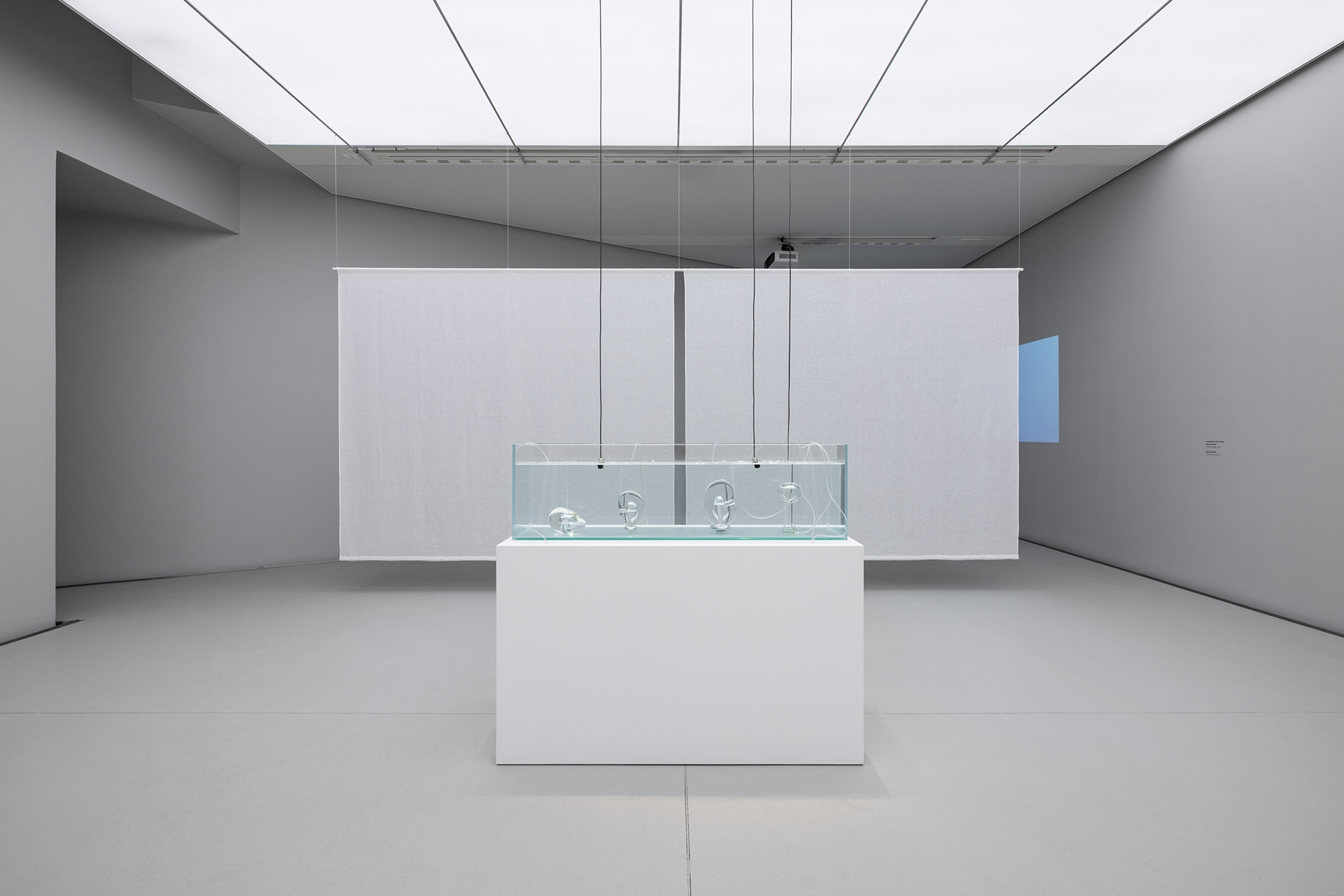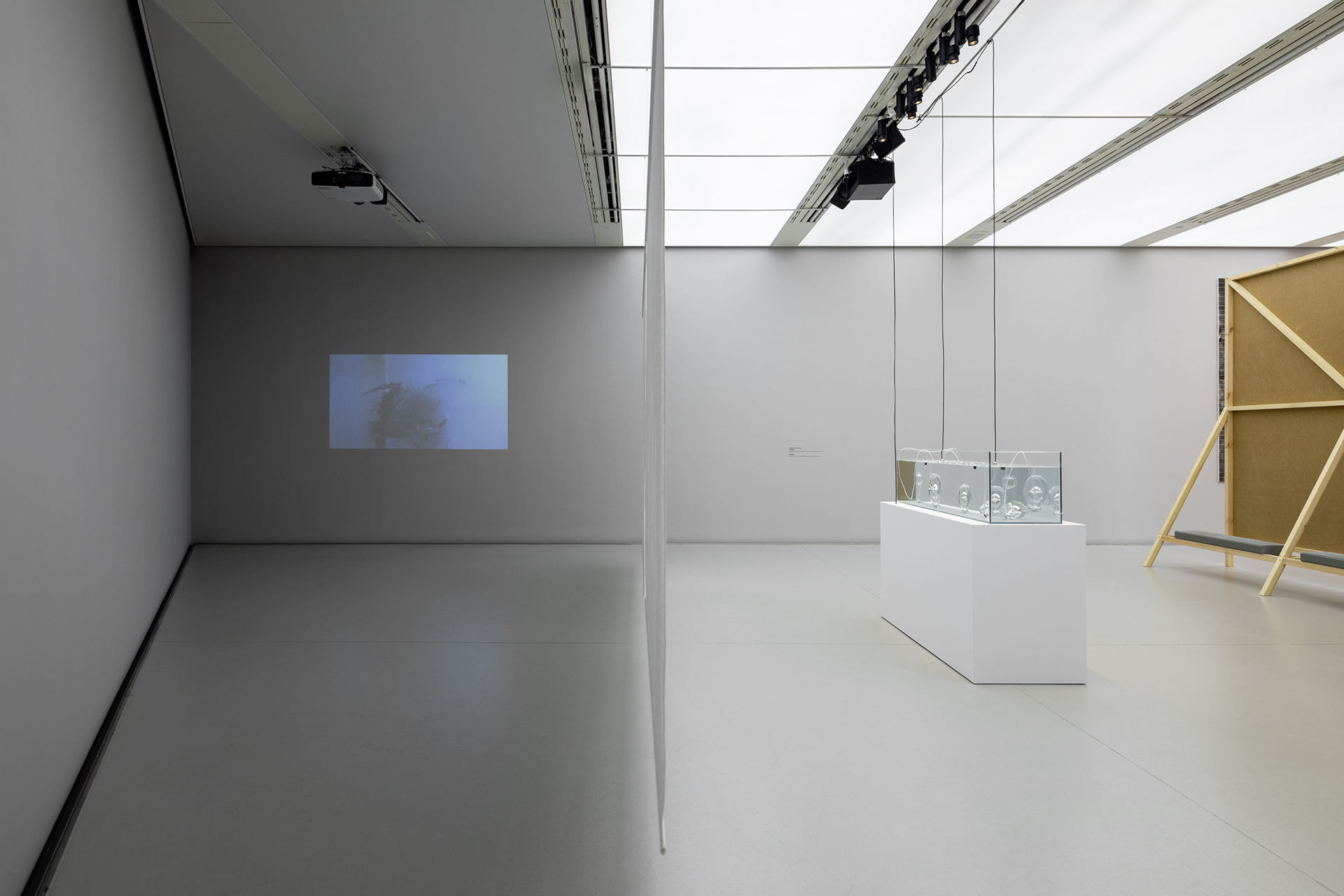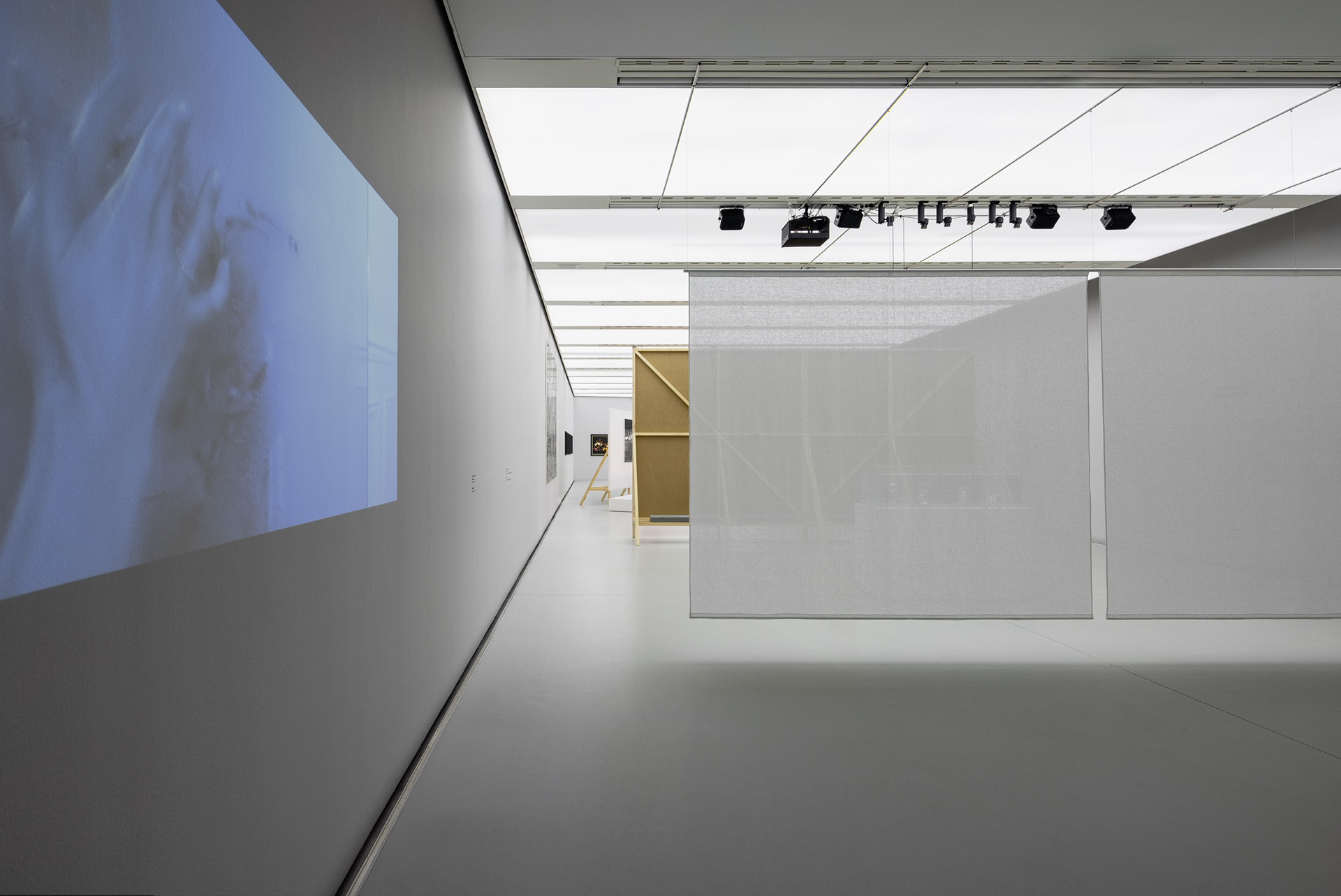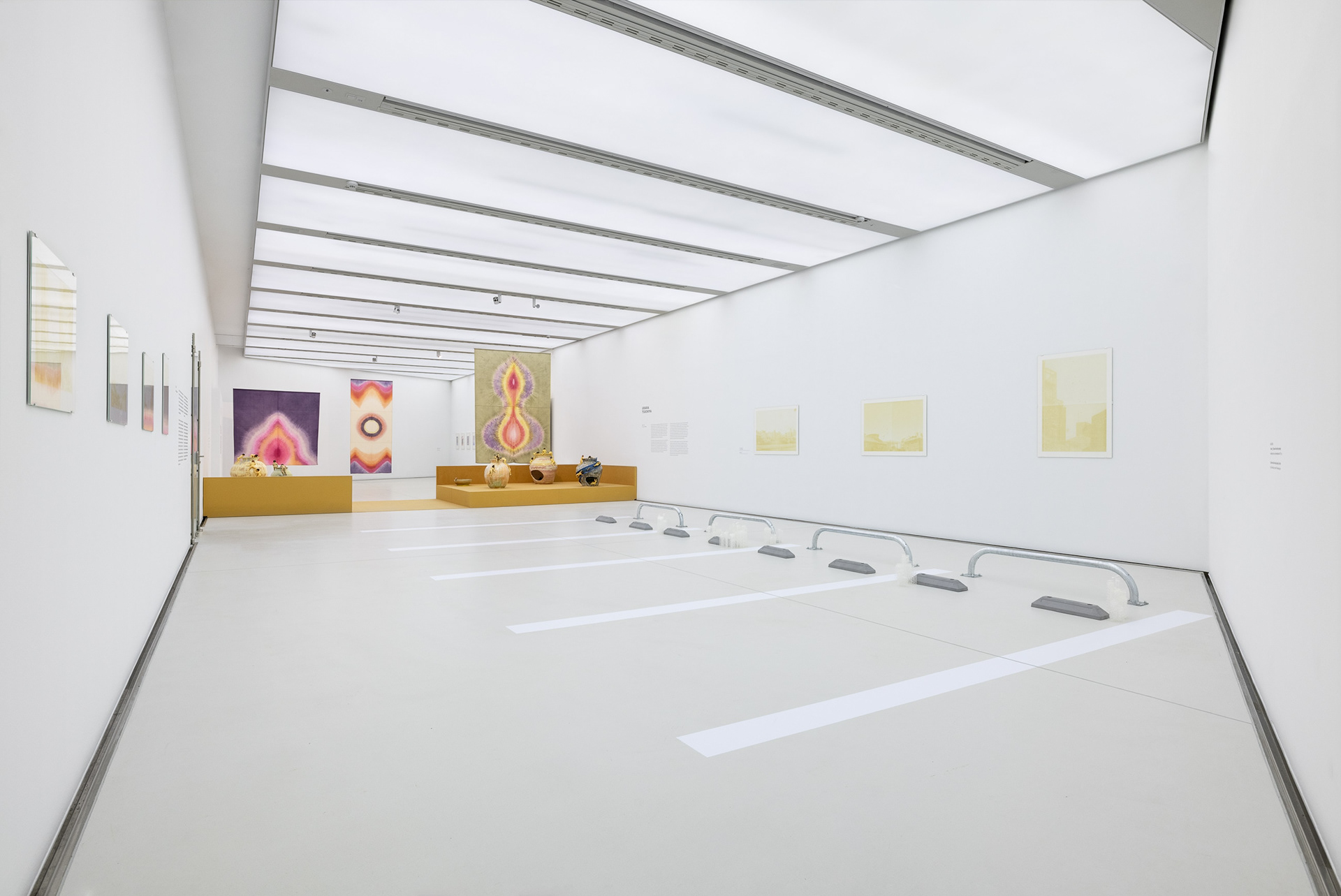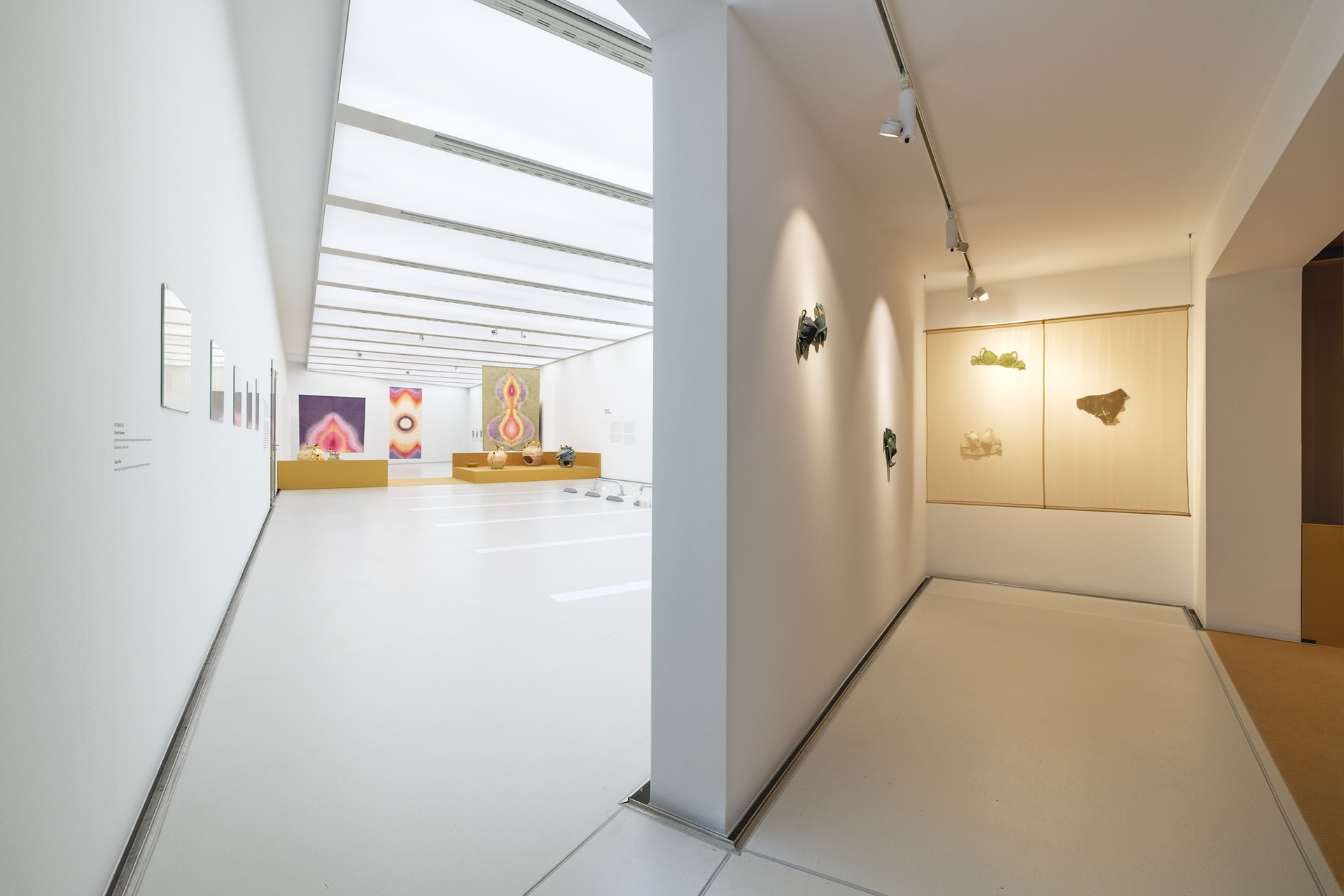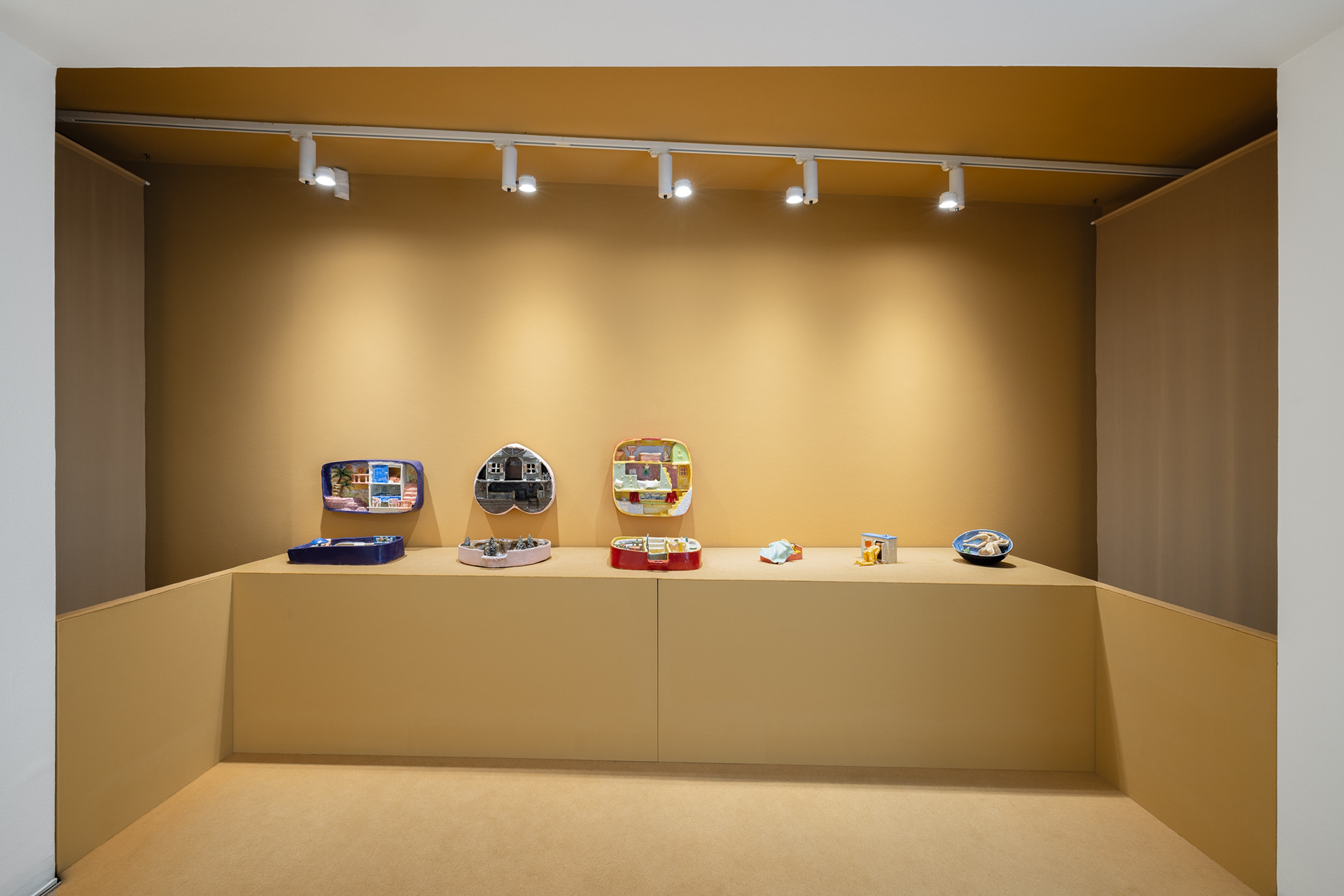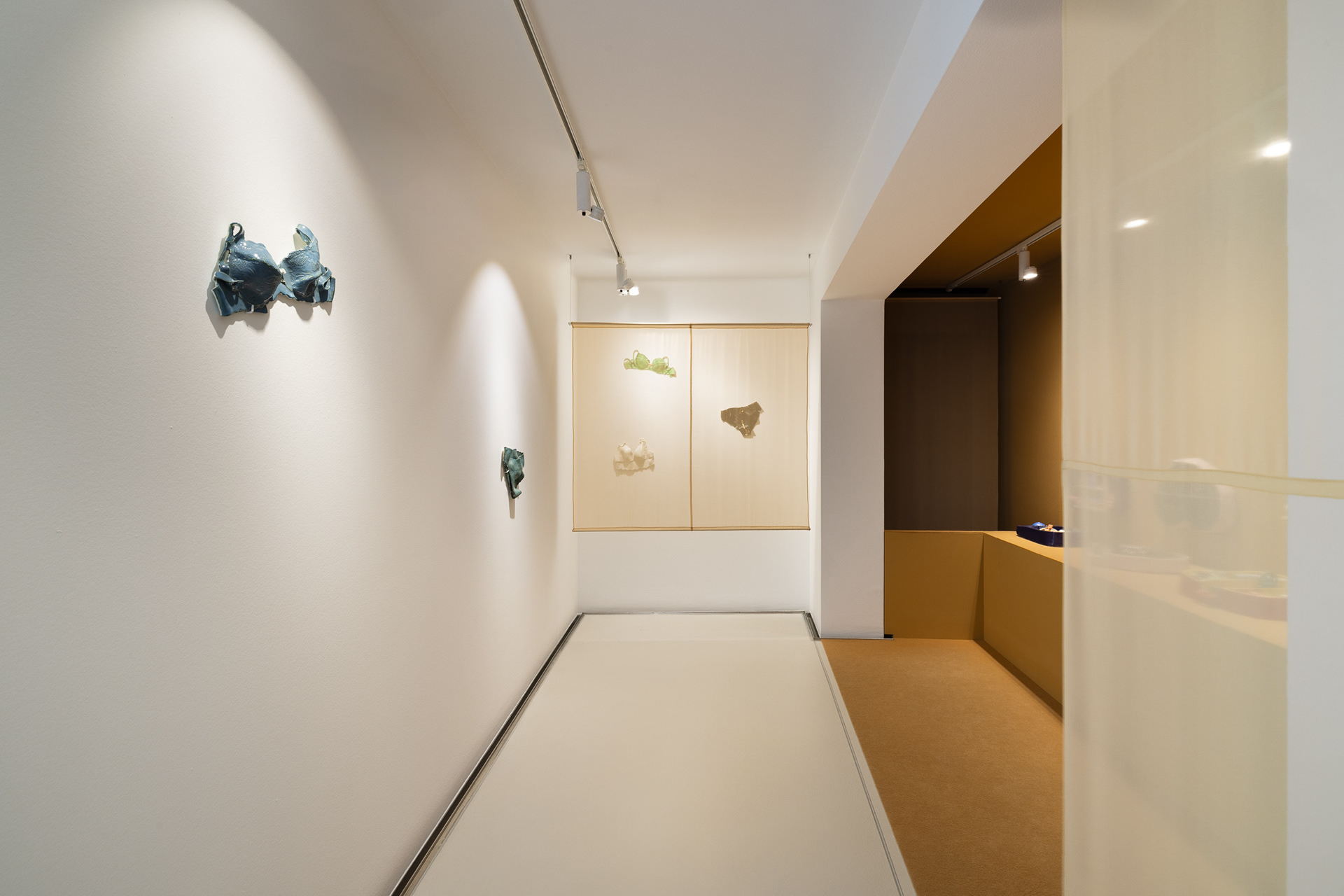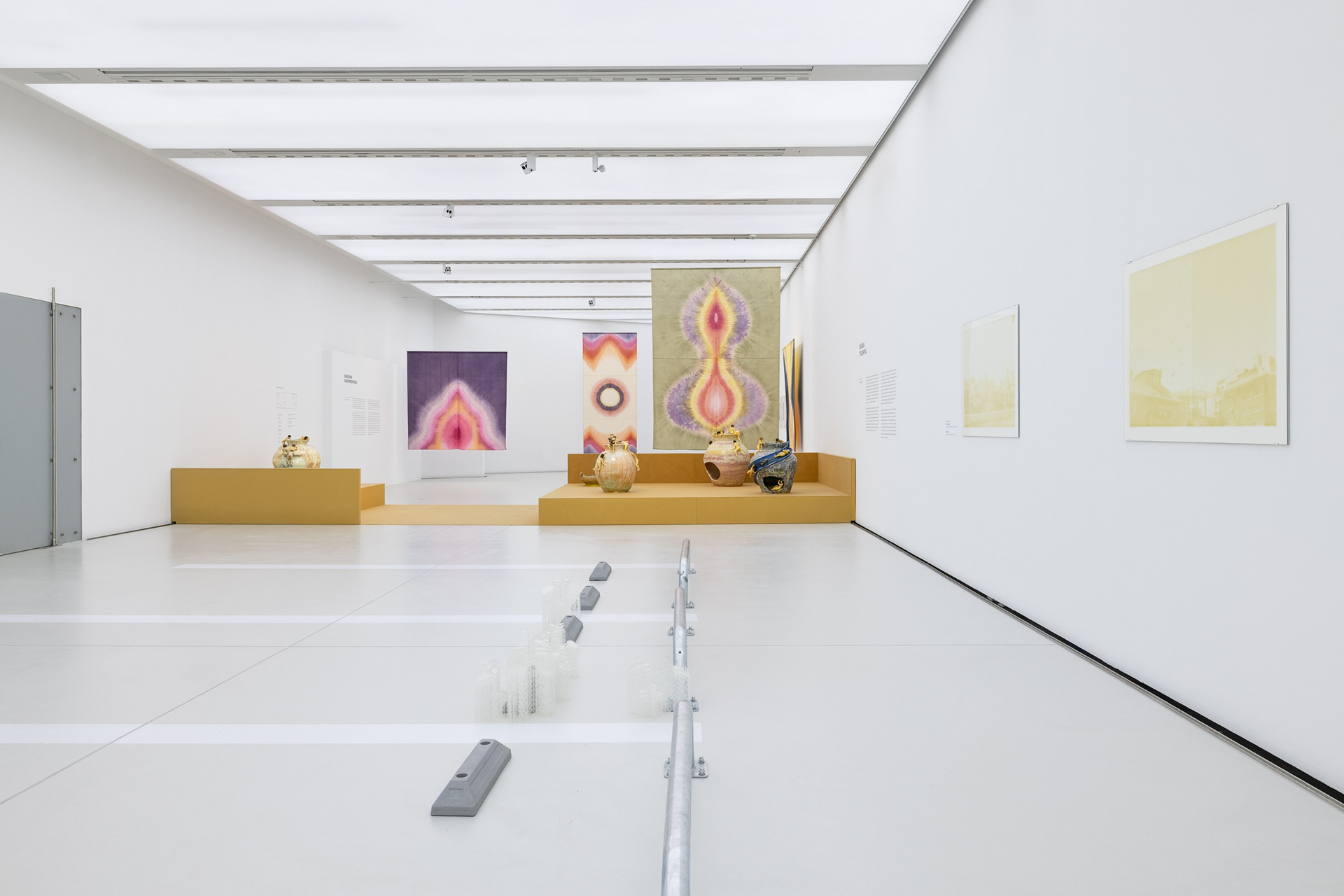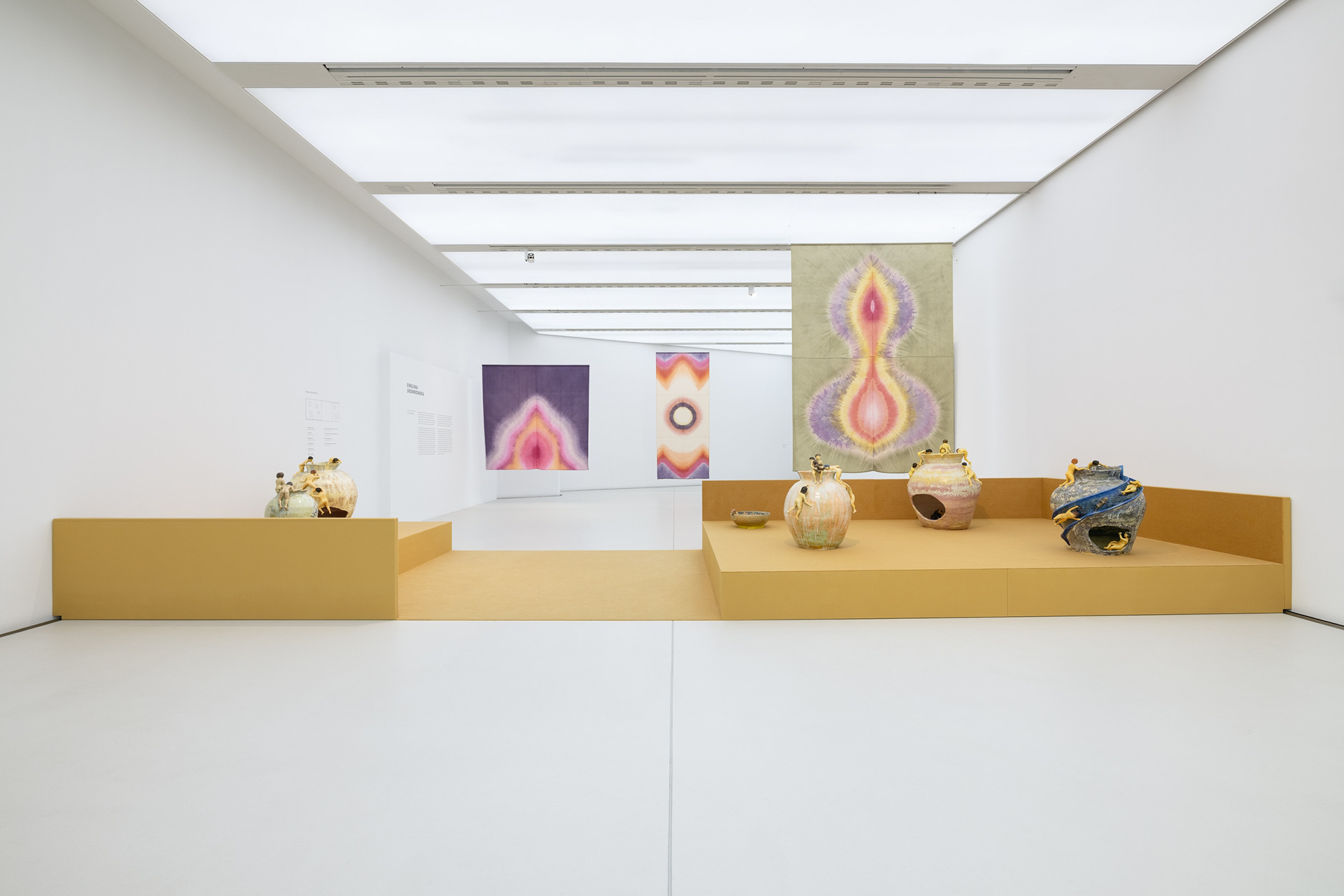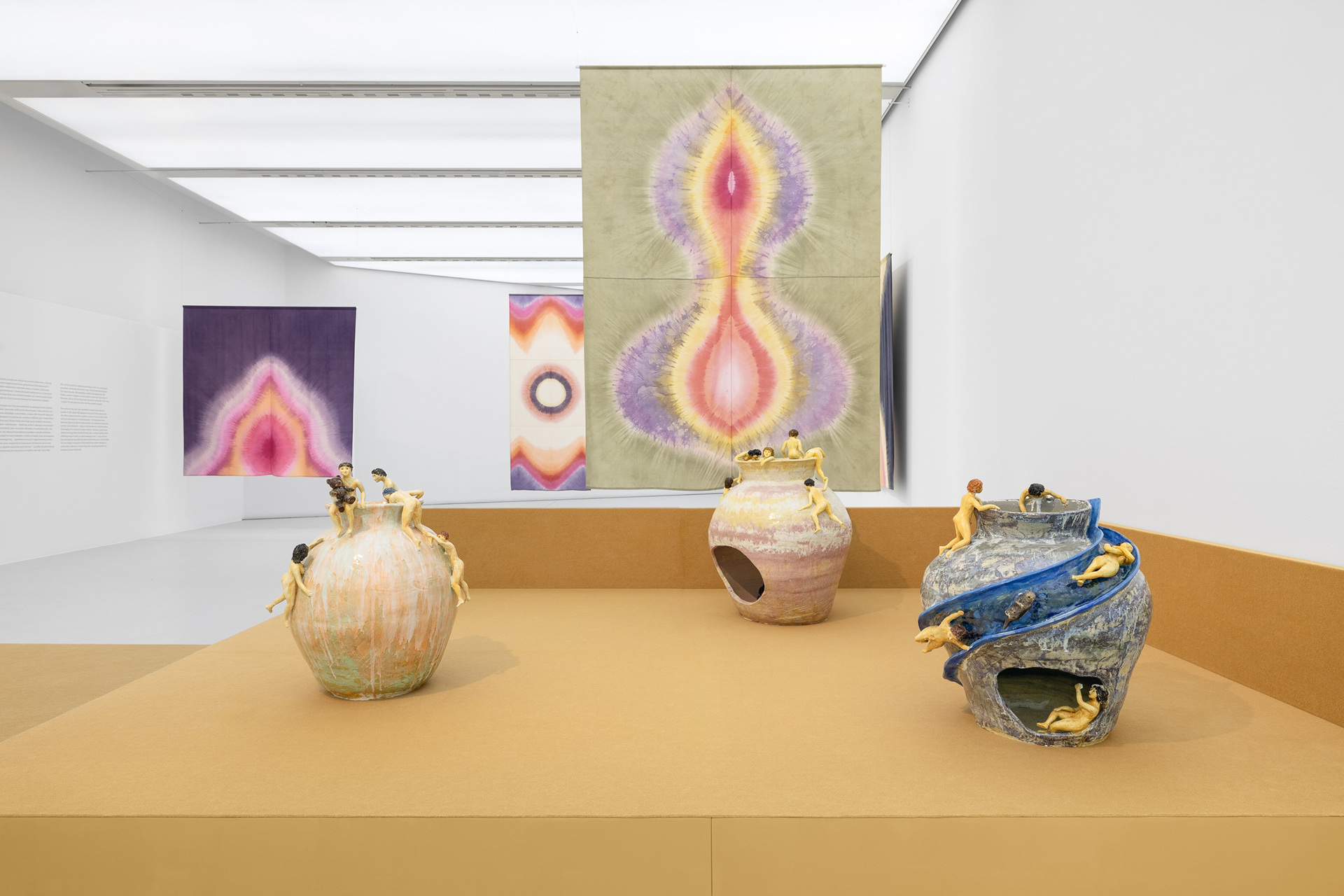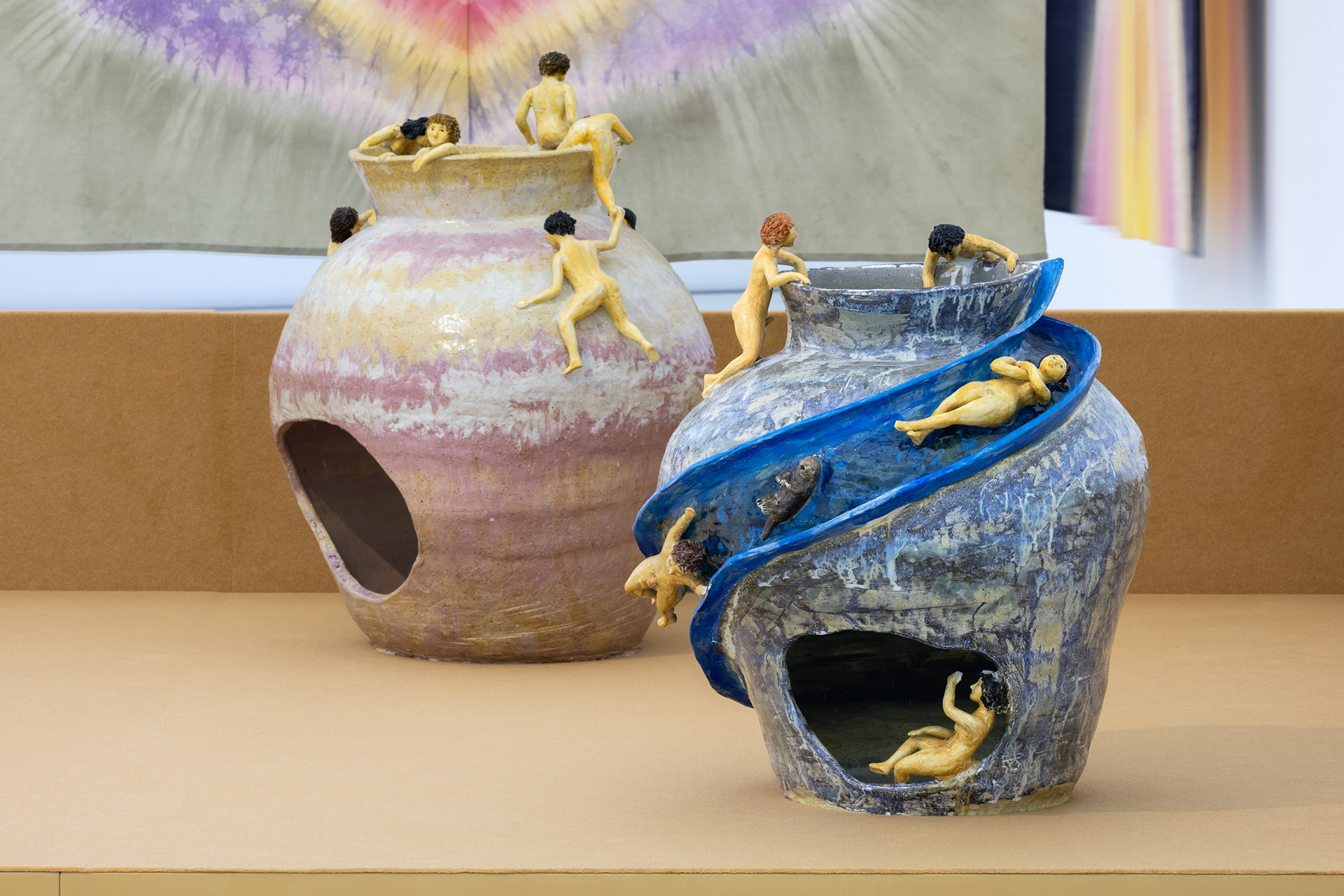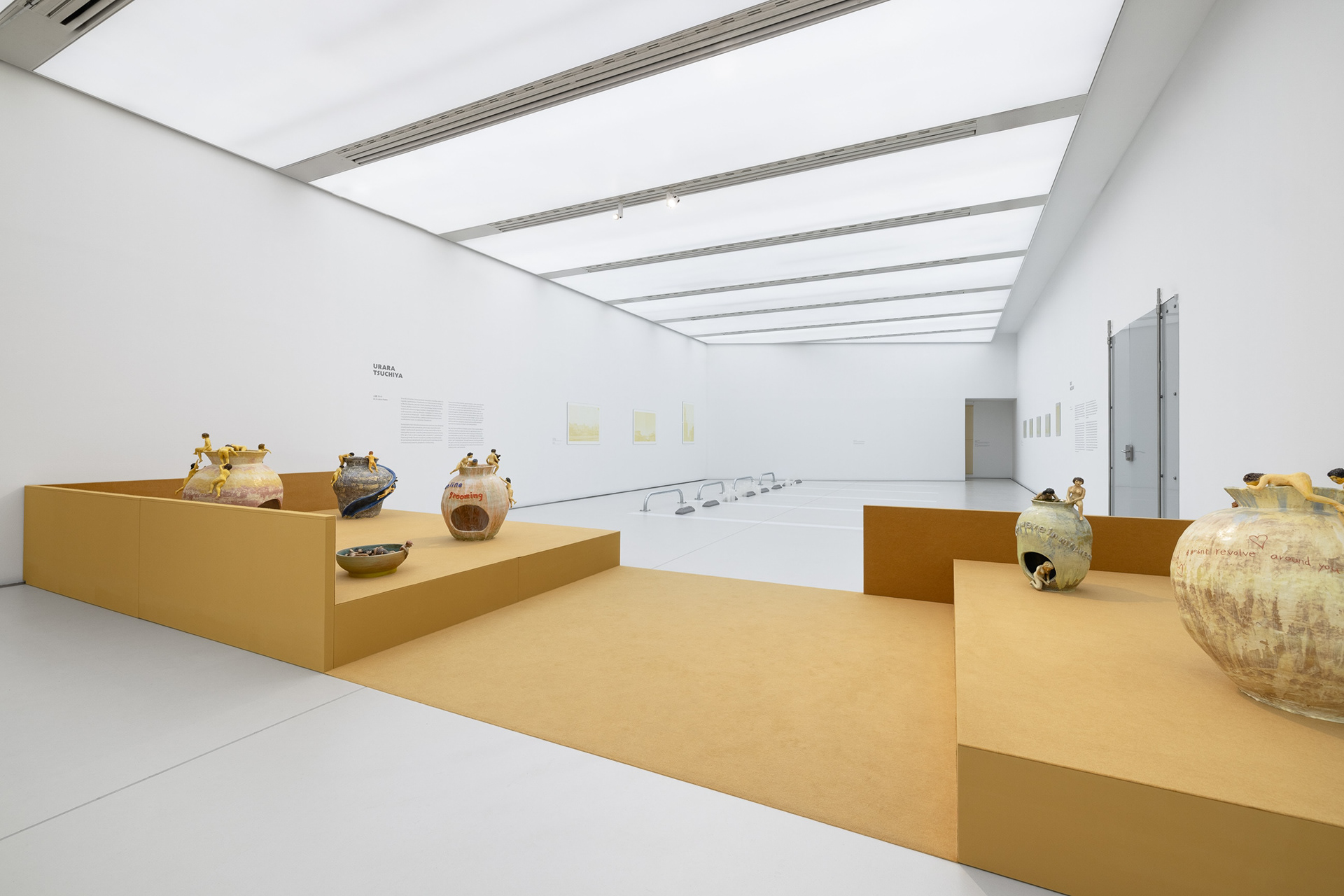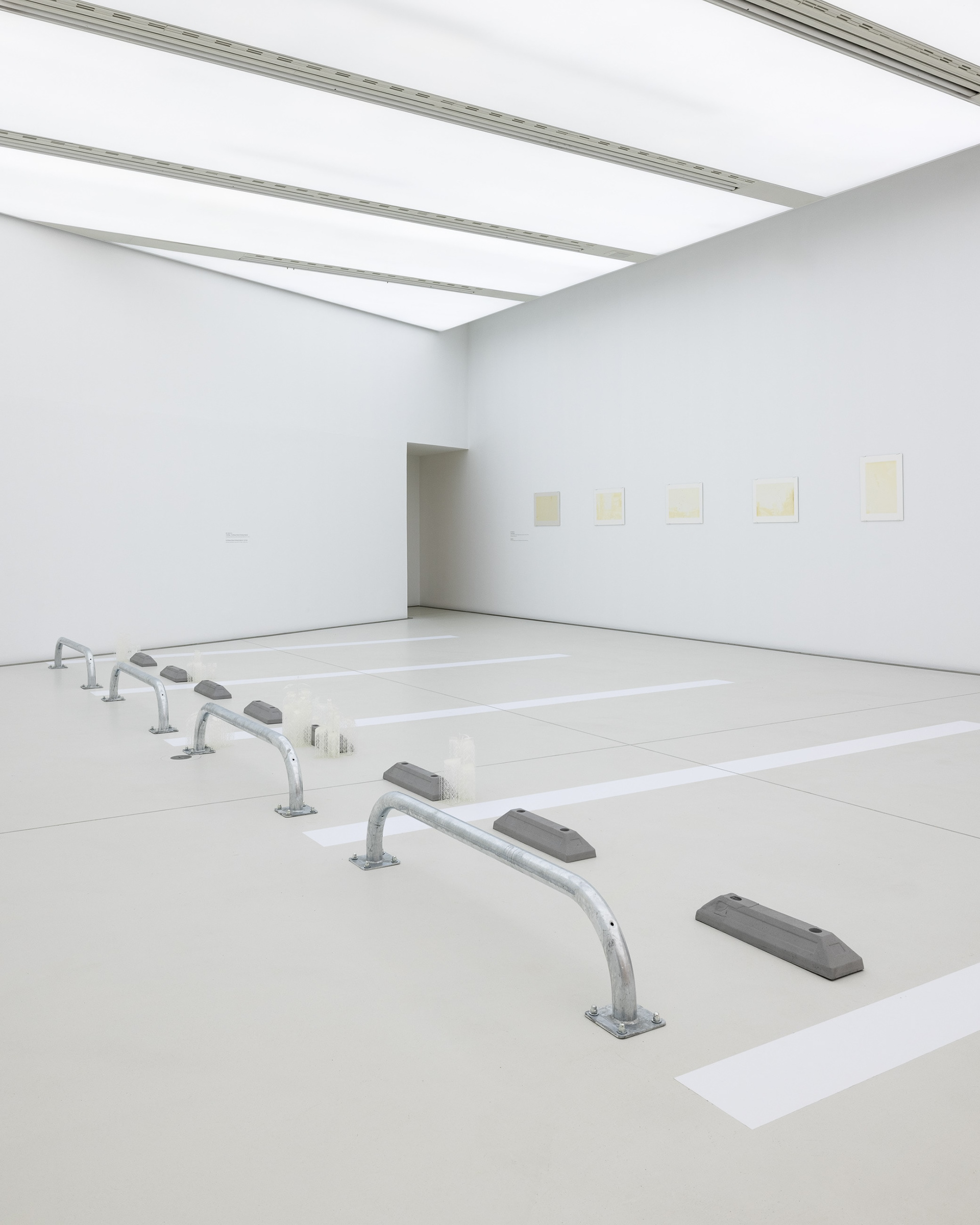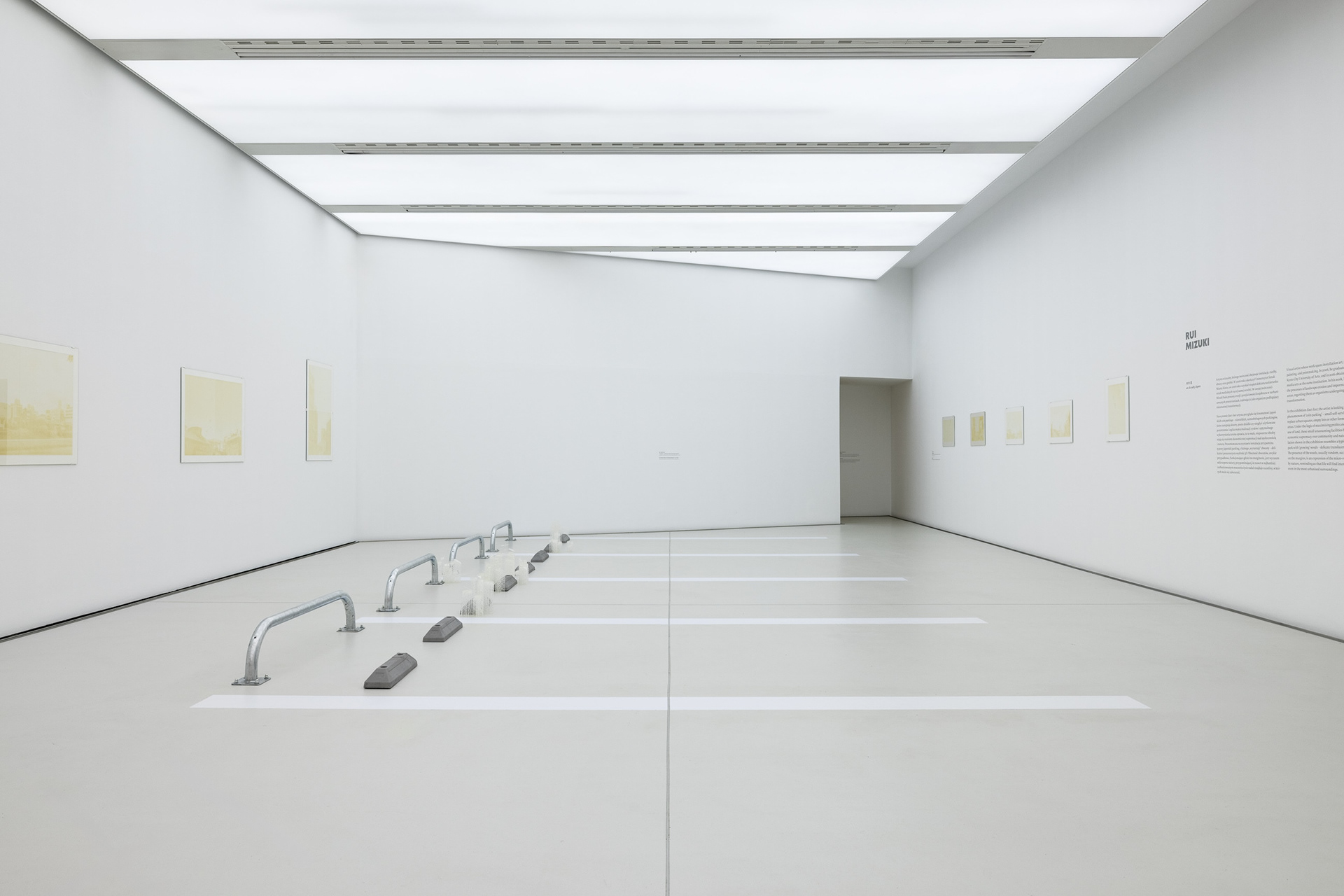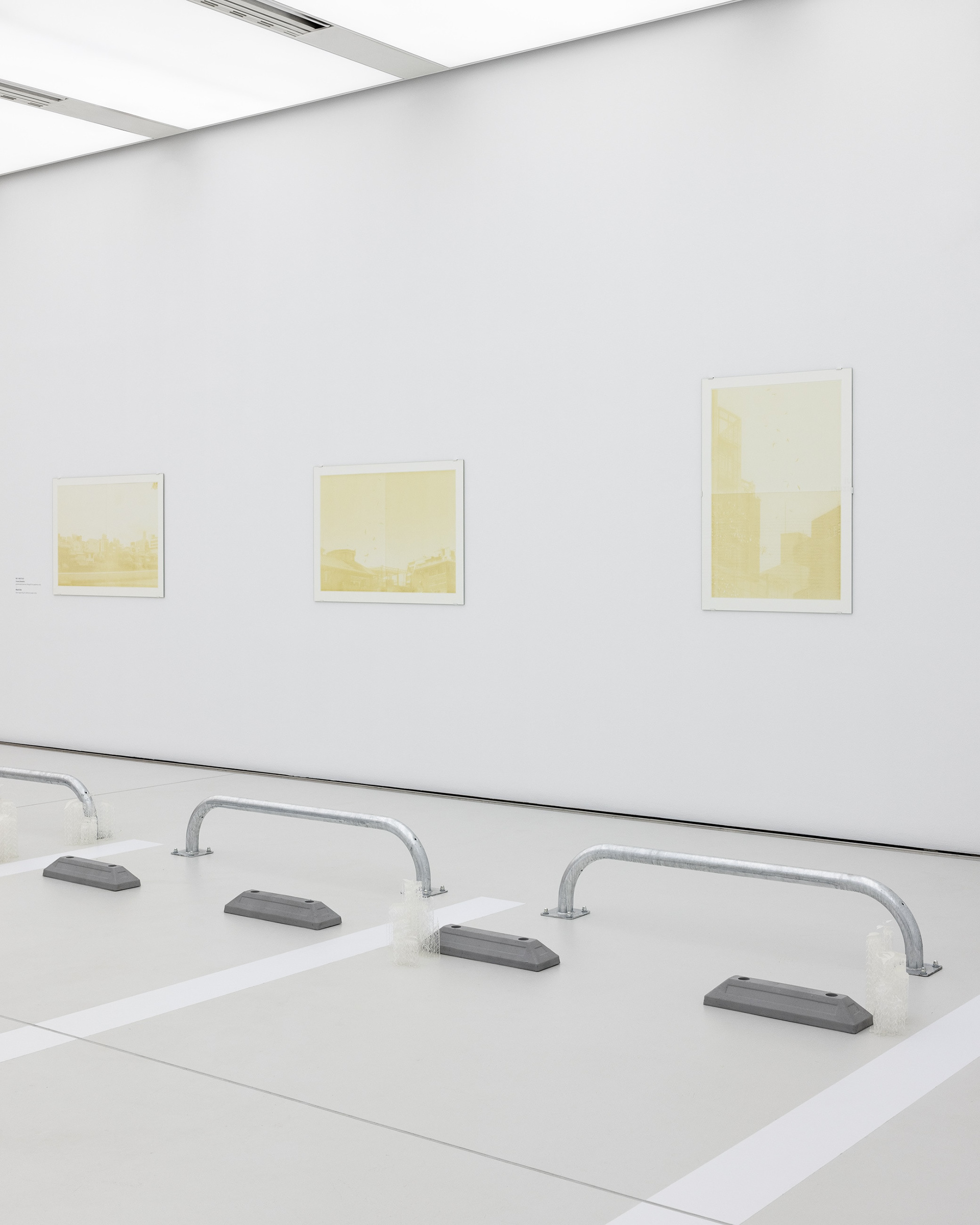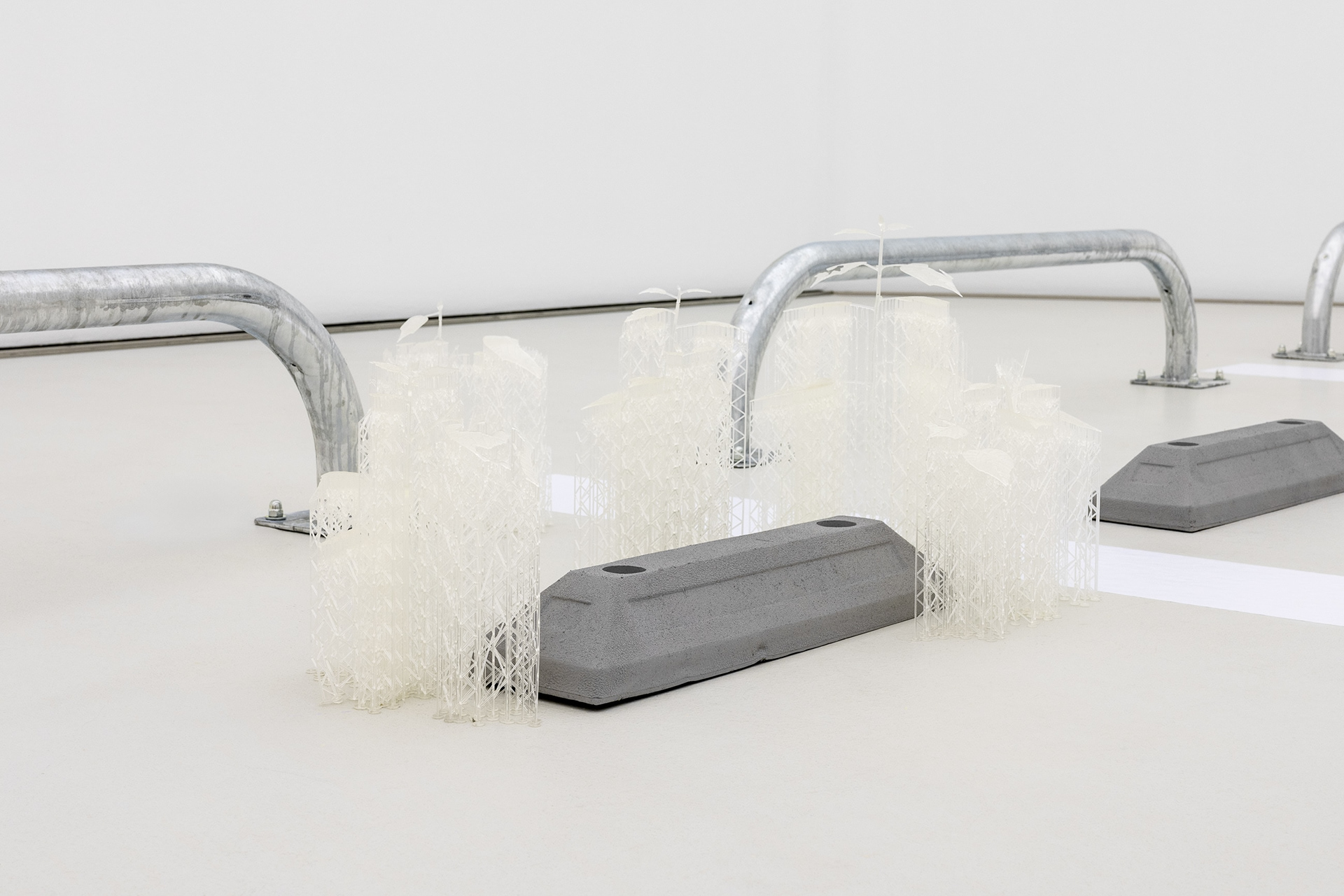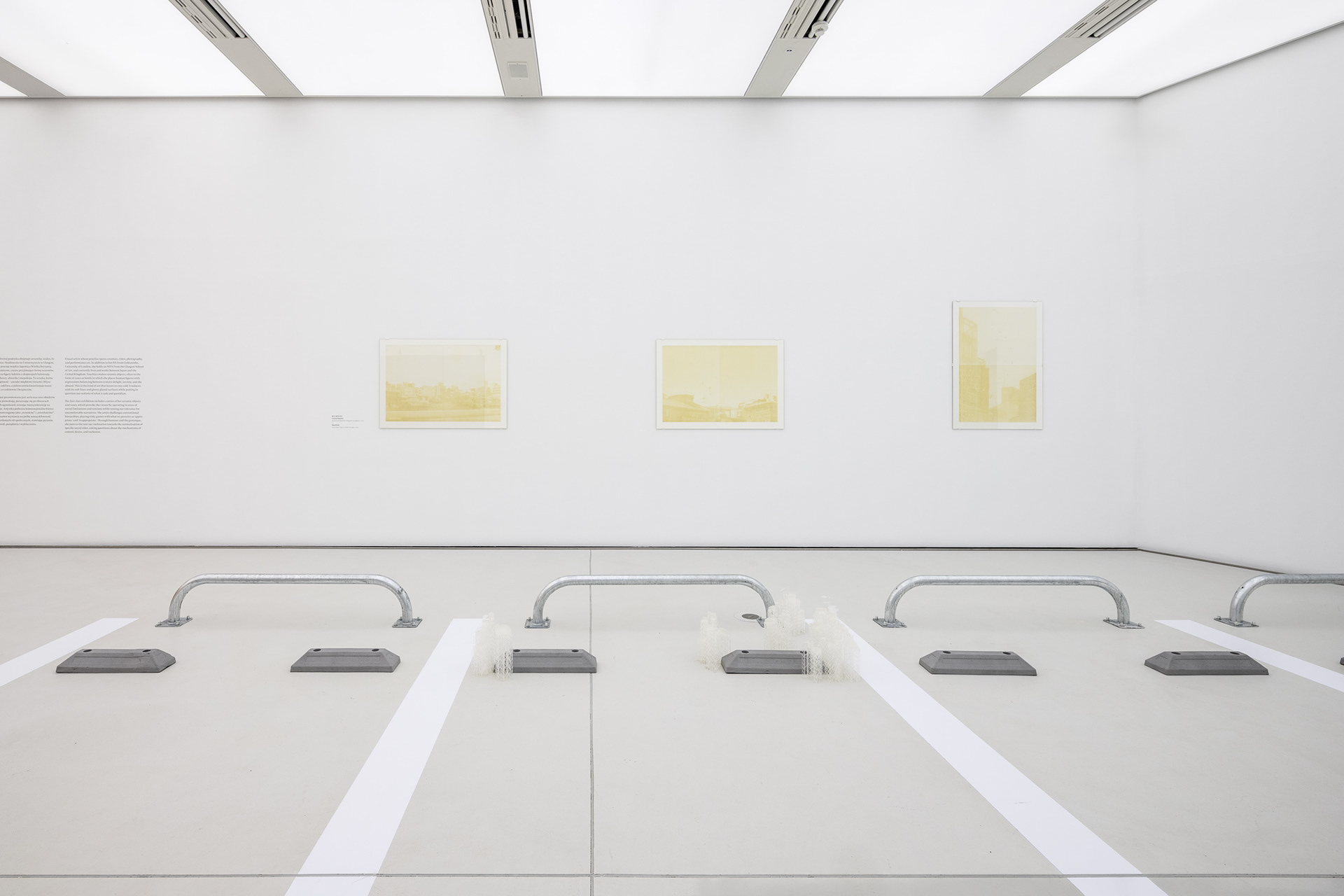East-East. Exhibition of contemporary art from Japan
The exhibition will present the work of contemporary women and men artists by addressing the notion of the East in a political and cultural context. The following male and female artists have been invited to participate in the exhibition: Mami Kosemura, Mitsuo Kim, Rui Mizuki, Tomoko Sauvage, Ewelina Skowronska and Urara Tsuchiya. Some of the artists live and work in Japan, while others balance between East and West despite their Japanese roots and connections.
The narrative presented here is intended as a pretext for analysing the determinants that build up society's notion of the East as a specific construct of thought. The curators of the exhibition, together with the invited artists, refer to the East-West divide that exists in the social consciousness and is largely based on historical background. They explore the perception of borders in which the rational, developed and shrouded in a luminous aura West began to function as an opposition to the heterogeneous, shadow-covered and marginalised East. In this perspective, both Poland and Japan represent the East.
The journey we are invited to embark on thus becomes not only a pretext for seeking links and analogies between the two countries, but also a struggle against established patterns. It is a journey through the unknown, the mythologised and the often unnamed, based, on the one hand, on going inside what constitutes us and, on the other, on looking for nuances and shades of grey in what we are used to reading as black and white.
Contemporary reflection on the East requires moving beyond colonial and Eurocentric frameworks. Although for centuries the East has been defined from the outside as the opposite of the West, it is a space of multi-voiced dialogue in which it itself becomes the narrator of its history. The shift in perspective allows us to see that the East is not a static construct, but a dynamic subject co-shaping global culture.
The East-East exhibition at the Manggha Museum of Japanese Art and Technology invites us to explore what the East is today - in the context of art, culture and spirituality. It is not just a direction on the map, but a concept and a symbol that has inspired and unsettled for centuries.
As Edward Said noted in Orientalism, the East has for centuries played the role of a mirror in which the West has defined itself. It is a place of projection - of both fears and dreams. The exotic Orient, the spiritual East or the mysterious, irrational space of otherness became symbols of what the West saw as its opposite.
However, evoking the East served the West not only as a way of defining its own identity, but also as a tool of depreciation or appreciation. Depending on the context, the East could be seen as a backward and primitive world - lagging behind the dynamic modernity of the West - or, conversely, as a source of spiritual depth, harmony and impenetrable wisdom that the West lacked. It is a flexible narrative, changing according to political, cultural and social needs.
For many, the East is everything beyond the borders of the West - from Poland to Japan, from South Asia to East Asia. This simplistic perception builds an image of the East as a homogeneous, distant space. Meanwhile, the East is a mosaic of traditions, history and experiences, perceived differently depending on place and context.
The East is not only a geography, but also a way of thinking and experiencing reality. The East-East exhibition highlights this multidimensionality, showing art as a tool for dialogue and redefinition of identity.
The artists give voice back to their stories, revealing what has been marginalised for years. Their works challenge stereotypes and simple divisions, pointing out that the boundaries between cultures and traditions are fluid, and that the past is constantly intertwined with the present and the future.
East-East is an exhibition that encourages reflection on what the East is - as space, idea and experience. It encourages us to redefine boundaries, challenge patterns and see that the East is not a distant construct, but a living, dynamic reality that is part of our shared history and contemporaneity.
...................
Artists:
Mami Kosemura 小瀬村真美
Mitsuo Kim 金光男
Rui Mizuki 水木塁
Tomoko Sauvage トモコ・ソヴァージュ
Ewelina Skowrońska
Urara Tsuchiya 土屋 うらら
Mami Kosemura 小瀬村真美
Mitsuo Kim 金光男
Rui Mizuki 水木塁
Tomoko Sauvage トモコ・ソヴァージュ
Ewelina Skowrońska
Urara Tsuchiya 土屋 うらら
Curator: Paweł Pachciarek
Arrangement: Dominik Lisik
Visual identification: Marta Gawin
Arrangement: Dominik Lisik
Visual identification: Marta Gawin
Manggha Museum | Cracow, Poland
